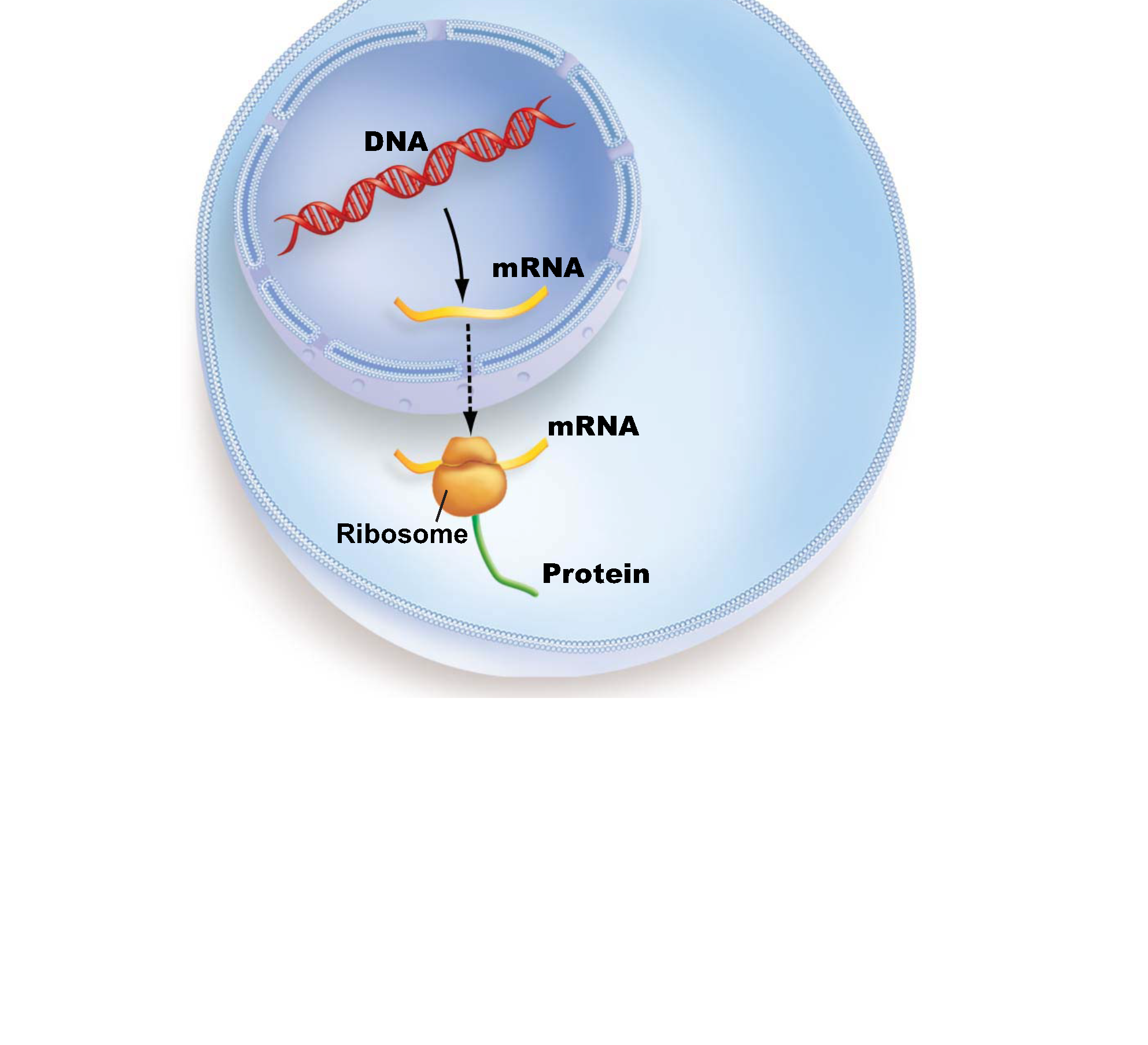
LEARNING OUTCOMES
After completing the course the student will be able to:
- Name basic structures of cells (plant, microbe, animal)
- Present examples of the structure and function of amino acids and proteins in cells
- Describe at a general level the function of enzymes and the basics of enzyme kinetics
- Present selected cell energy metabolism and principal metabolic routes
- Explain the central dogma of molecular biology
- Describe how DNA is replicated
- Describe how DNA is transcribed, and translated to proteins
- Exlpain how genes are regulated, using the lac operon as an example
- Explain how important techniques in molecular biology work (e.g. PCR and dideoxy sequencing)
- Explain how heterologous expression of genes is carried out
- Name different types of viruses and broadly explain how they replicate
Credits: 5
Schedule: 11.01.2023 - 20.04.2023
Teacher in charge (valid for whole curriculum period):
Teacher in charge (applies in this implementation): Paula Jouhten, Silvan Scheller
Contact information for the course (applies in this implementation):
CEFR level (valid for whole curriculum period):
Language of instruction and studies (applies in this implementation):
Teaching language: English. Languages of study attainment: English
CONTENT, ASSESSMENT AND WORKLOAD
Content
valid for whole curriculum period:
A basic course in biochemistry with focus on:
Biomolecules (carbohydrates, amino acids, lipids, nucleic acids)
Basics of cell energy metabolism
How genes code for proteins (central dogma of molecular biology, DNA replication, transcription, translation, gene expression, PCR, dideoxy sequncing, heterologous expression, viruses)
Assessment Methods and Criteria
valid for whole curriculum period:
The course includes lectures, individual exercises and group work. Students participate in laboratory demonstrations, calculation-assignments, and carry out given assignments independently or in a group.
Grading is based on group and independent assignments completed during the course (e.g. demonstrations, study groups or online exercises) and course examination. Participation in lab demonstrations is mandatory (see instructions on MyCourses).
Workload
valid for whole curriculum period:
5 cr = 135 h
Contact hours (36h):
· Lectures 12 x 2 (1 x weekly) = 24h
· demonstrations in the laboratory or other assignments 4 x 3 = 12 h
Student Independent work (60h)
Electronic assignments, time approximated: 12 x 3h = 36h
Exam 3 h
DETAILS
Substitutes for Courses
valid for whole curriculum period:
Prerequisites
valid for whole curriculum period:
SDG: Sustainable Development Goals
4 Quality Education
FURTHER INFORMATION
Further Information
valid for whole curriculum period:
Teaching Language : English
Teaching Period : 2022-2023 Spring III - IV
2023-2024 Spring III - IVA course implementation may be cancelled if the number of students enrolled to the course implementation does not meet the required minimum of five students. In the case of cancelled course implementations, the students enrolled to them must be provided with an alternative way of completing the course or be advised to take some other applicable course.
